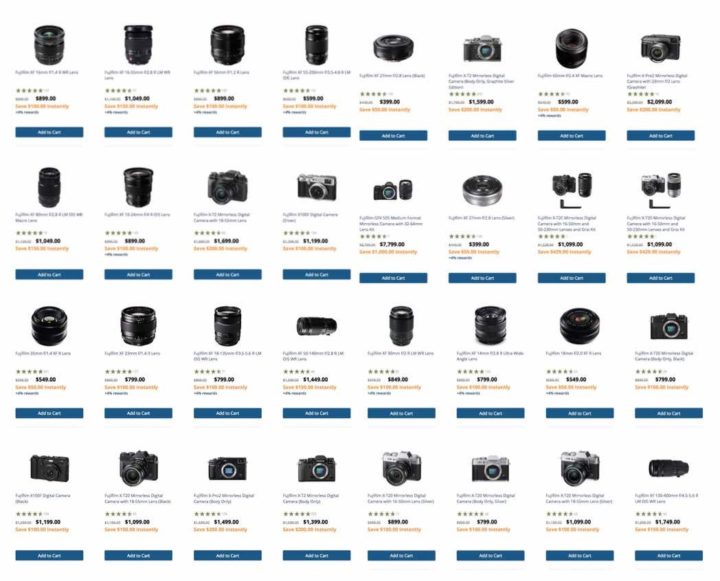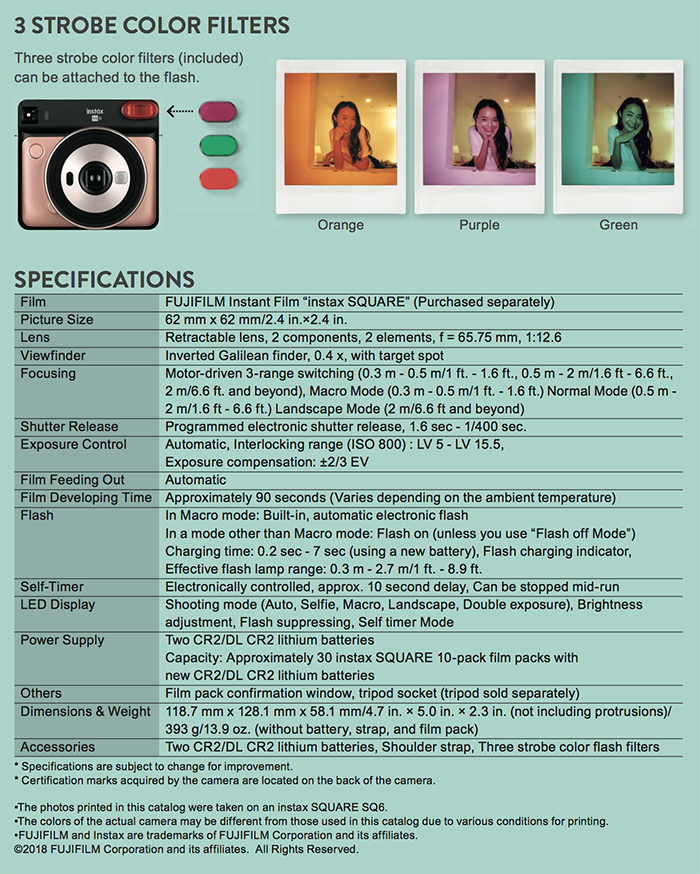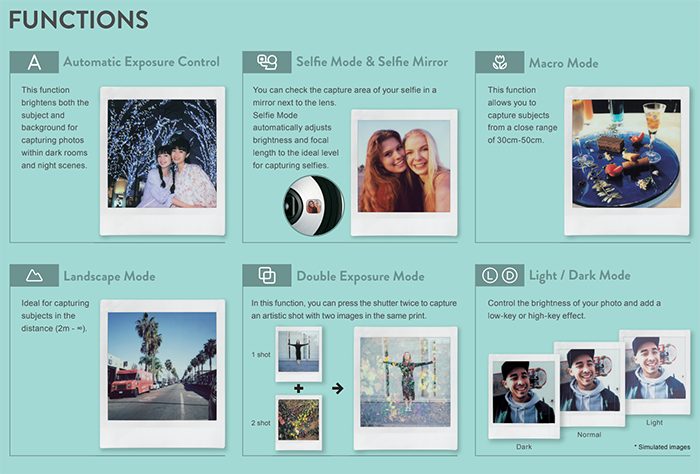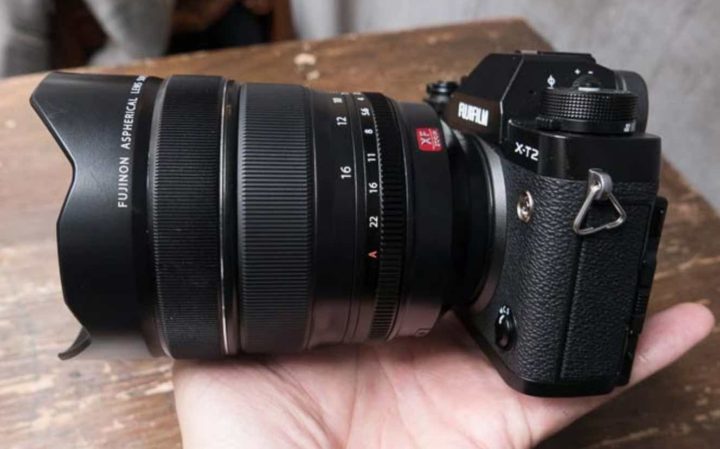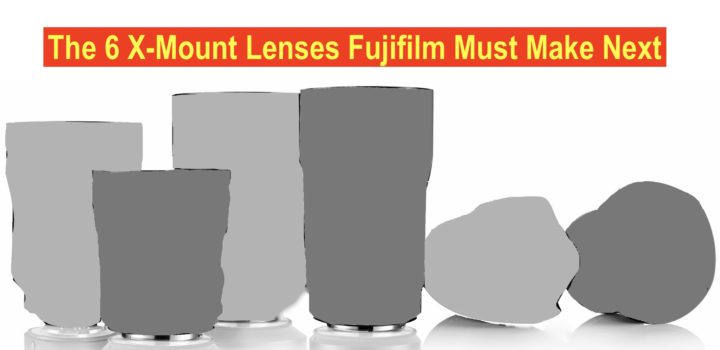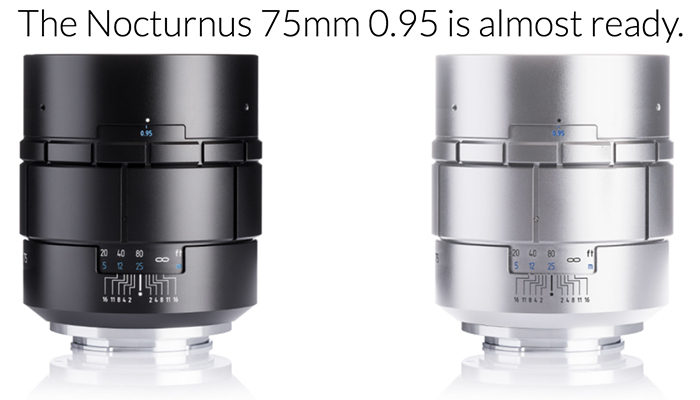
Fujifilm Savings
Just launched, new Fujifilm savings.
Check out the full list of deals at BHphoto, Adorama and AmazonUS.
Fujifilm GFX
GFX 50S + 63 or 45 or 32-64 (save $1000): BHphoto, AmazonUS, Adorama
Fujifilm X Series Cameras
X-T2 black body (save $200): BHphoto, AmazonUS, Adorama, Focuscamera
X-T2 graphite body (save $200): BHphoto, AmazonUS, Adorama, Focuscamera
X-T2 + 18-55 (save $200): BHphoto, AmazonUS, Adorama, Focuscamera
X-Pro2 (save $200): BHphoto, Adorama, AmazonUS, FocusCamera
X-Pro2 graphite with 23/2 (save $200): BHphoto, AmazonUS, Adorama
X-T20 with XC 16-50 + XC 50-230 + Grip (save $429): BHphoto, AmazonUS, Adorama
X-T20 body (save $100): BHphoto, Adorama, AmazonUS, FocusCamera
X-T20 + 18-55 (save $100): BHphoto, Adorama, AmazonUS, FocusCamera
X100F (save $100): BHphoto, Adorama, AmazonUS, Focuscamera
Fujinon Prime Lenses
XF 14mm (save $100): BHphoto, AmazonUS, Adorama, FocusCamera
XF 16mm (save $100): BHphoto, AmazonUS, Adorama
XF 18mm (save $50): BHphoto, AmazonUS, Adorama, FocusCamera
XF 23mm (save $100): BHphoto, AmazonUS, Adorama, FocusCamera
XF 27mm (save $50): BHphoto, AmazonUS, Adorama, FocusCamera
XF 35mm F1.4 (save $50): BHphoto, AmazonUS, Adorama, FocusCamera
XF 56mm APD (save $150): BHphoto, AmazonUS, Adorama, FocusCamera
XF 56mm (save $100): BHphoto, AmazonUS, Adorama, FocusCamera
XF 60mm (save $50): BHphoto, AmazonUS, Adorama, FocusCamera
XF 80mm (save $150): BHphoto, Adorama, AmazonUS, FocusCamera
XF 90mm (save $100): BHphoto, AmazonUS, Adorama, FocusCamera
Fujinon Zoom Lenses
XF 10-24mm (save $100): BHphoto, AmazonUS, Adorama, FocusCamera
XF 16-55mm (save $150): BHphoto, AmazonUS, Adorama, FocusCamera
XF 18-135mm (save $100): BHphoto, AmazonUS, Adorama, FocusCamera
XF 50-140mm (save $150): BHphoto, AmazonUS, Adorama, FocusCamera
XF 55-200mm (save $100): BHphoto, AmazonUS, Adorama, FocusCamera
XF 100-400mm (save $150): BHphoto, AmazonUS, Adorama
Instax Share SP-3
Instax Share SP-3 (save $50 with camera purchase): AmazonUS, BHphoto, Adorama
